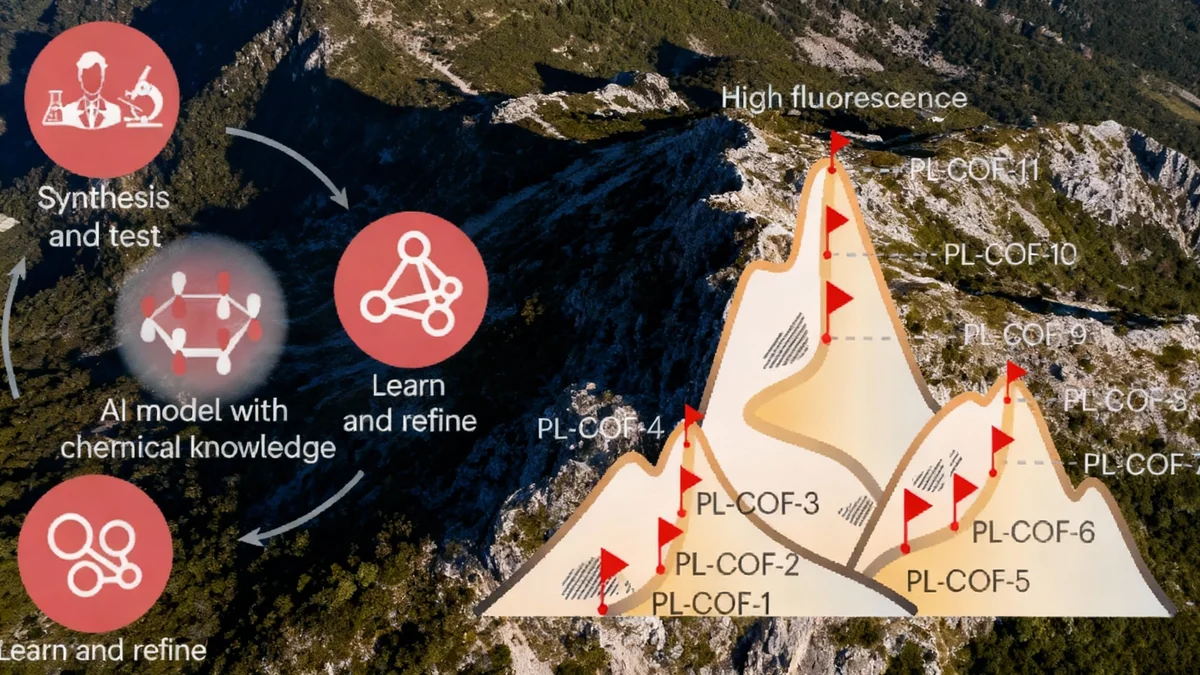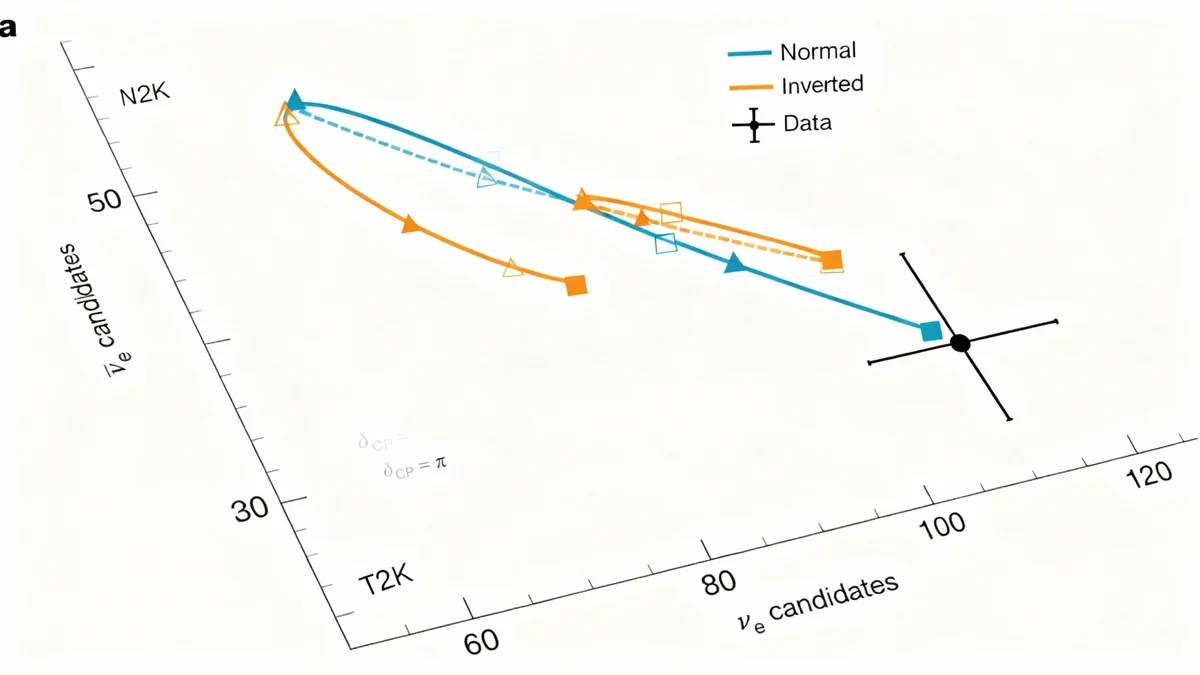A prominent geology journal has retracted one article and is now investigating at least 11 others following a report from a Brazilian professor who discovered widespread issues, including fabricated data, nonexistent citations, and questionable authorship. The publisher, Elsevier, has confirmed an investigation is underway into the papers published in the Journal of South American Earth Sciences.
Key Takeaways
- A paper in the Journal of South American Earth Sciences was retracted after a professor found it contained incorrect and nonexistent references.
- An investigation was launched into 11 additional articles in the same journal for potential data fabrication, authorship issues, and irrelevant citations.
- All authors of the flagged papers are affiliated with universities in India and Saudi Arabia, with no apparent connection to the South American research topics.
- The journal's publisher, Elsevier, has acknowledged the concerns and confirmed that a formal investigation is in progress.
The Initial Discovery and Retraction
The issue came to light when Carlos Conforti Ferreira Guedes, a geology professor at the Federal University of Paraná in Brazil, reviewed a paper on the transformation of the Brazilian coastline. He noticed that the article, published in the Journal of South American Earth Sciences (JSAES), contained citations that were either irrelevant or did not exist.
Adding to the suspicion, all the researchers listed on the paper were affiliated with institutions in India. According to a blog post by Guedes and his colleagues, the paper lacked any citations of work by Brazilian researchers or those who had previously studied the region.
Guedes first contacted the journal's editor-in-chief on March 10 to report the problems. Five months later, on August 3, the journal issued a retraction notice. The notice stated that the authors “acknowledged that the references were not correct.” The corresponding author, Phani Babu K of the Vishnu Institute of Technology, did not respond to requests for comment.
Delayed Response
One of the journal's current editors-in-chief, Monica Heilbron, reportedly told Guedes that a recent change in the editorial board may have contributed to the five-month delay in retracting the initial problematic paper.
Investigation Widens to More Articles
Following the retraction, Guedes and his colleagues expanded their review of the journal's publications. They identified 11 additional papers with similar red flags. On August 6, Guedes formally raised these new concerns with the journal, providing evidence of potential academic misconduct.
The issues identified in this larger group of articles were consistent and severe. For example, a 2024 paper about urban sprawl in the Brazilian city of Vila Velha included references to studies on urban dynamics in Italy, India, and Ethiopia, which were completely unrelated to the topic.
Allegations of Fabricated Data
Guedes told reporters that several of the papers appeared to contain "invented geology" and fabricated data. He pointed to specific examples of data manipulation:
- A paper published in January allegedly included two figures with "fabricated rainfall data."
- Another article, scheduled for September 2024, claimed a Brazilian city experienced erosion and elevation changes of "tens of meters over a decade," which Guedes described as "unrealistic results."
Publisher Confirms Investigation
Rebecca Clear, a communications director for Elsevier, the journal's publisher, confirmed that JSAES "became aware of some concerns" and stated that an investigation "is underway." The journal's editors did not comment on their peer review process.
A Pattern of Problematic Affiliations
A striking pattern emerged from the 11 flagged papers: all of the authors listed affiliations exclusively with universities in Saudi Arabia and India. This was unusual given the journal's focus on South American earth sciences. In most cases, the authors on a single paper were from different institutions, with only one paper listing two researchers from the same university.
Further analysis revealed that many of these institutions had been previously identified for anomalous citation metrics. This includes King Saud University and King Khalid University in Saudi Arabia. Ten of the 11 papers included a researcher affiliated with Princess Nourah Bint Abdulrahman University in Riyadh.
"There were no citations of work conducted in Brazil or by researchers who had previously worked in the region," Guedes and his colleagues noted in a blog post about the initial paper.
A History of Retractions
According to the Retraction Watch Database, there are 97 retracted papers that include authors from Princess Nourah Bint Abdulrahman University, one of the institutions frequently listed in the newly flagged articles.
Journal Publication Volume on the Rise
The investigation occurs as the Journal of South American Earth Sciences has seen a significant increase in its publication output. Data from Clarivate’s Web of Science shows a notable rise over the past decade.
The journal's annual article count grew from 149 papers in 2015 to a peak of 692 in 2021. In the last three years, it has consistently published more than 400 articles annually, with over 300 articles published so far this year. This rapid growth raises questions about the rigor of the peer review and editorial oversight processes, especially in light of the current investigation.
The findings by Professor Guedes highlight a growing concern in academic publishing regarding the use of generative AI to create fraudulent papers and the challenges editors face in detecting sophisticated forms of misconduct. The outcome of Elsevier's investigation could have significant implications for the journal and its editorial standards moving forward.





